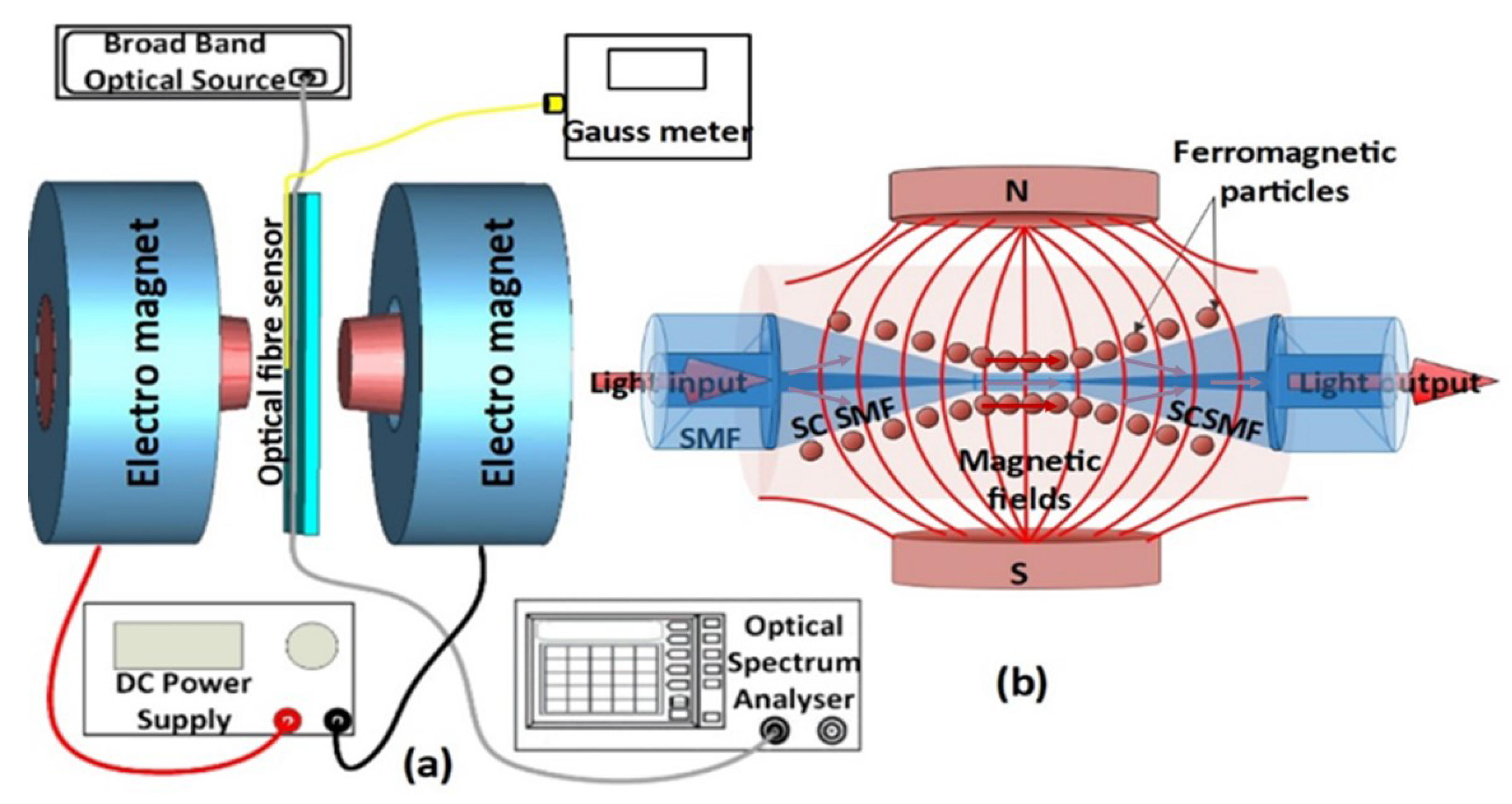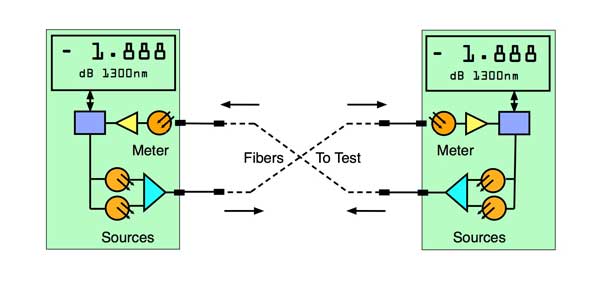Optimize Your Fiber Optic Performance: Comprehending Optical Fibre Diameter Analyser Innovation
The performance of fiber optic systems is seriously affected by the precision of their diameter, an element frequently neglected in the pursuit of optimal signal integrity. Recognizing the modern technology behind optical fiber size analysers discloses the intricate balance in between dimension accuracy and production high quality. These devices not just boost compliance with industry standards however likewise give real-time insights that can preemptively deal with possible concerns. However, the ramifications of their usage prolong past mere dimension; they can fundamentally modify the landscape of fibre optic efficiency. What aspects should one take into consideration to harness their full capacity?
Relevance of Optical Fiber Size
The size of optical fiber plays a critical role in establishing the efficiency and effectiveness of communication systems. It influences several crucial specifications, including the mode of light breeding, depletion, and data transfer capability. Bigger sizes typically permit several light modes, assisting in greater data transmission rates. On the other hand, smaller sized sizes tend to support fewer modes, which can improve signal clearness and lower crosstalk.

Furthermore, recognizing the size's effects can bring about set you back financial savings by decreasing the demand for signal amplification and repeaters in comprehensive networks (optical fibre diameter analyser). In verdict, the significance of optical fiber size can not be overemphasized, as it directly influences the general efficiency and dependability of contemporary communication systems

How Size Influences Signal Quality
Signal quality in optical fibre systems hinges significantly on the size of the fibre. The diameter influences several key specifications, including attenuation, data transfer, and modal dispersion. A smaller sized size can lead to greater depletion prices, resulting in signal loss as light travels through the fiber. This attenuation can jeopardize the integrity of the transmitted information, leading to a decrease in signal high quality, specifically over fars away.
Conversely, bigger sizes typically enable enhanced light capture and lowered modal dispersion, boosting signal clarity. In multimode fibres, a bigger core size can support numerous light modes, however it might additionally introduce intermodal dispersion, which can weaken signal quality. Choosing the optimal fiber size is essential for accomplishing the wanted efficiency in particular applications.
Additionally, the communication in between the fibre size and the wavelength of the light utilized plays a vital role in determining the reliable transmission distance and total signal stability. Therefore, comprehending how fibre size influences signal high quality is important for network developers and engineers striving to enhance optical fibre systems for trusted, high-speed data transmission.
Overview of Size Analyser Innovation
In many optical fibre manufacturing processes, exact measurement of fibre diameter is try this necessary for making sure constant performance and quality (optical fibre diameter analyser). Diameter analysers are sophisticated tools designed to evaluate the physical dimensions of optical fibres with high accuracy. They use advanced optical and laser technologies to determine the diameter, ovality, and concentricity of the fiber, thus supplying important information for quality control
These analysers can operate in-line during the manufacturing process or as component of off-line testing procedures. In-line systems enable real-time monitoring, permitting suppliers to readjust specifications immediately, thereby maintaining optimal production conditions. Off-line analysers, on the other hand, offer detailed evaluations of batches, ensuring that any discrepancies from defined tolerances are recognized and dealt with.
Diameter analysers significantly contribute to the decrease of flaws in optical fibres, enhancing general product integrity. By consistently determining key criteria, these modern technologies assist in compliance with sector standards and requirements. As the demand for high-performance optical fibres remains to rise, the function of size analysers becomes increasingly vital in accomplishing the desired high quality and efficiency criteria in fiber optic systems.
Key Functions of Fibre Diameter Analysers
Although various versions of fiber size analysers exist, they typically share several crucial features that boost their capability and dependability. Among the most considerable attributes is high-resolution measurement abilities, which make certain precise diameter readings, essential for maintaining high quality control in fiber manufacturing. Furthermore, many analysers integrate sophisticated optical sensors designed to spot minute variants in fibre diameter, therefore giving vital information for procedure optimization.
Another important attribute is real-time surveillance, permitting operators to receive instant comments on fibre size throughout the production process (optical fibre diameter analyser). This capability assists in rapid changes and decreases the probability of defects. Several analysers likewise come geared up with straightforward user interfaces, making it possible for drivers to conveniently navigate with setups and data results
Additionally, durable information storage and evaluation performances are crucial for tracking historical efficiency patterns and making sure compliance with sector standards. Some designs even supply connectivity options for assimilation into existing production control systems, boosting overall functional effectiveness. Lastly, small and mobile layouts enable flexible release within manufacturing environments, ensuring that quality assurance processes are smooth and reliable. These attributes jointly add to the efficacy of fibre diameter analysers in enhancing fibre optic efficiency.
Best Practices for Fibre Optimization

First, regular calibration of optical fibre diameter analysers is necessary. This ensures precise measurements and reduces potential inconsistencies that could impact performance. Next off, maintaining a clean workplace is essential; dust and contaminants can result in signal degradation.
Furthermore, it is necessary to select fibres that satisfy certain application needs. This includes evaluating elements such as attenuation, bandwidth, and ecological conditions. Correct installment techniques must additionally be complied with, consisting of avoiding sharp bends and extreme tension, which can jeopardize fiber integrity.
In addition, employing advanced surveillance systems can promote real-time performance assessments, allowing punctual recognition of issues. Normal screening and upkeep should be carried out to ensure that fibers stay within optimal functional specifications.
Lastly, training employees on the most recent fiber optimization innovations and methods will enhance their capability to execute reliable approaches. By following these ideal techniques, companies can significantly improve the performance and lifespan of their optical fibre systems, ensuring reliable interaction and information transfer.
Final Thought
In conclusion, the combination of optical fibre size analyser innovation is vital for making the most of fibre optic efficiency. By guaranteeing specific dimensions of fibre measurements, these analysers considerably enhance signal top quality and decrease losses throughout information transmission.
Signal quality in optical fibre systems pivots considerably on the diameter of the fiber.In numerous optical fiber production processes, precise dimension of fibre size is i thought about this necessary for guaranteeing regular efficiency and high quality. As the demand for high-performance optical fibres proceeds to rise, the function of diameter analysers ends up being significantly vital in accomplishing the preferred top quality and efficiency standards in fibre optic systems.
These functions collectively contribute to the effectiveness of fibre diameter analysers in enhancing fibre optic performance.
In final thought, the combination of optical fibre size analyser innovation is essential for making the most of fiber optic efficiency.